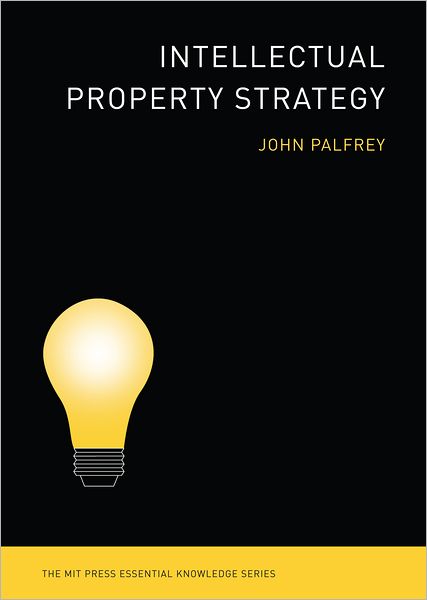The Winnower, an upcoming open access journal created by Virginia Tech Ph.D. student Joshua Nicholson, now has a blog. Check out the first post, Science Publishing is Systematically Broken and It’s Time to Fix It. Also, stay tuned for an interview with Josh that I’ll be posting in the coming weeks.
Brian McGill has a fantastic (but long) post on journals in ecology, Follow the Money- What Really Matters When Choosing a Journal (be sure to click through to the Google spreadsheet he’s put together). It’s a pretty comprehensive treatment of the topic, and the comments are worth reading too. TL;DR choose a non-profit journal!
Tyler Walters, dean of the University Libraries, will be co-chairing an effort to incorporate repositories into federal open access mandates. The library effort, known as SHARE, offers a low-cost solution that puts the public interest first. Conversely, the publisher’s effort, CHORUS, offers further enclosure that ensures that the profits continue. Tough choice, huh?
The Golden Goose Awards (PDF) have gotten some popular press, and it points out yet another aspect of scholarly communication that’s broken- judging the importance of research. The awards are an admirable project, making it clear that research sometimes mocked by the public can have profound impact. While the public isn’t good at judging the importance of research at the time it’s published, expert reviewers aren’t that great at it either. The focus on “importance” leads to the prestige journals, called “glam mags” by some, or just “CNS” for Cell, Nature, and Science. The glam mags lead to exorbitant costs, and pressures on tenure track faculty to publish in them. Yet the glam mags have little evidence of quality, and higher retraction rates. Let’s quit the addiction to assigning “importance” to research articles, and let citations, open peer review, and altmetrics sort things out.
 (Update May 14, 2018: This book is now available in an
(Update May 14, 2018: This book is now available in an